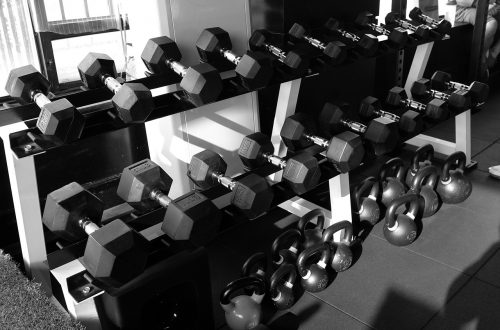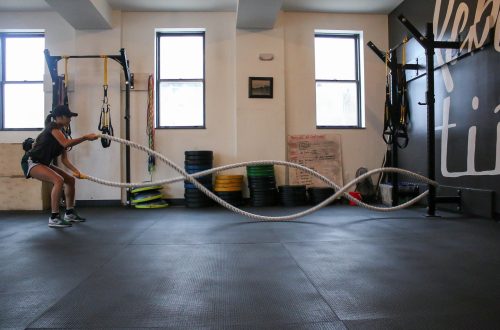
3 Training Guidelines to Abandon
Rules and recommendations are for beginners. Those who lack the experience to program their training effectively, the ability to read their body’s signals, and a basic understanding of training ideas need rules. After years of training, the regulations are no longer relevant.
Let’s start by acknowledging that the vast majority of people who weight train believe they are experts in their field. Most people are mistaken, and some people are laughably mistaken. You almost never gain enough knowledge through training for a few years—or even five years—to have a thorough understanding of how your body reacts to a wide variety of stimuli. Anyone who reads this and has trained for more than ten years will readily say that they know a lot more now than they did five years ago.
Second, let’s be clear that I am referring to athletes who have been training for years and are fully aware of what spurs growth. Many athletes who have trained for years still occasionally become confused by the “rules.” The guidelines must be altered once you have a good understanding of what works, for example, enantato de testosterona, and what doesn’t, or when you are constrained by injuries.
As you grow older, smarter, and more knowledgeable, programming will continue to change in response to the input you receive from your training. It’s not always the hardest workers in the gym who make the most advancement after years of training. They occasionally take days off, and if they aren’t feeling their best, they might not push through a workout. Although they might receive negative feedback for not being hardcore, this is a game about endurance and advancement rather than how badass you are. We have all seen guys in the gym who appear to have not changed in three years. They either lack the ability to read and analyze criticism or simply don’t care about improving.
Here are some guidelines that ought to be abandoned:
1. There is no one workout that is best for everyone.
Exercises should be abandoned and forgotten about if they don’t feel right, don’t target the goal muscle as they should (even if your mechanics are sound), and don’t produce results. The last word is not what someone said to you in the gym or what you read in a magazine.
You would be foolish to avoid dumbbell flyes because some Internet lunatic with 1.4 million YouTube subscribers claims that they are a bad workout if your body responds better to them than barbell bench presses.
Some people do not develop their legs very much when they squat. My argument is that the rules don’t always apply to everyone, even though that remark contradicts most of what you read on elitefts. You should follow your own preferences if hack squats, leg presses, or (oh no!) smith machine squats are effective for you.
2. The volume vs. intensity argument needs to be dropped.
While some people benefit more from increased volume and lower intensity, others benefit more from the opposite. The best way to train varies. Training at a high intensity was really effective when I was younger. High-intensity training is not best for me now that I’ve been exercising for almost 40 years. I can get overtrained in as little as three weeks because it swiftly stresses my CNS and results in further problems.
Throw out what the Barbarian Brothers said in an 80s issue of FLEX Magazine about intensity: “There is no such thing as overtraining, only undereating.” That is a fantastic soundbite that has lingered in the minds of far too many individuals throughout time. The Barbarian Brothers may not have been able to overtrain, but the rest of us most definitely can (and do). Brother, you are not a barbarian, and neither am I. Kevin Levrone could exercise his chest twice a day and see it expand.
3. Individual training frequency.
In the 1980s, I participated in a 3-on, 1-off training rotation. Because Lee Haney done it, I followed suit. That kind of frequency was not ideal for me; I wish my dumbass hadn’t squandered a whole year of “meh” improvement and aching shoulders. While some people progress best when working out each muscle group once a week, others make the most progress by working out each muscle group twice a week. While some people (like myself) can exercise six days a week and grow like crazy, others (like them) will quickly overtrain on this plan. The workout regiment that gives you the best results is the one you should follow.
Rep ranges, grips, machines versus free weights, usage of a belt or not, wrapping your knees or not, to infinity and beyond are just a few of the variables to consider. The fundamental laws simply do not hold. You ought to be the best person to know what your training should entail after logging years of practice and being able to interpret comments. You are almost likely wasting a lot of time and effort and putting yourself at risk of harm if you can’t analyze feedback.





